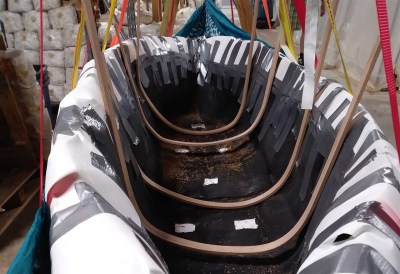We should all by now be used to microcontrollers with wireless hardware on board, with Espressif or Nordic Labs dominating the hacker scene. There have been several other contenders in this arena over the years that haven’t really caught the attention of our community, usually because of the opacity of their available information.
A new contender should be worth a second look though. The BL602 from Bouffalo Labs is a Wi-Fi- and Bluetooth LE-capable microcontroller with a 32-bit RISC-V derived core. If that doesn’t interest you much, perhaps news that the PINE64 folks are spearheading an effort to reverse engineer it for a fully open-source blob-free wireless implementation might sharpen your attention.
So where can you get your hands on one? Hold your horses, this chip is at an early stage in its gestation. We can see that there are some exciting possibilities in store, but we’re still figuring out the hardware interfaces and other software required to make it work. A community is hard at work reverse engineering it, which leads us back to the PINE64 story we mentioned earlier.
You can find BL602 modules from AliExpress vendors, but the PINE64 folks will offer you a free one if you join their blob reverse engineering effort. Take note though, this offer is for those prepared to show commitment to the project, so don’t spam them in the hope of free stuff if you won’t be helping deliver the goods.
We might see the BL602 gaining an open-source toolchain and internal blobs over the coming months thanks to the efforts of those working on it. Just as the ESP8266 did back in 2014, it’s starting as a black box with a relative scarcity of information. But if this hacking effort pays off, we’ll have a cheap RISC-V Wi-Fi and Bluetooth module with entirely open-source software from the silicon upwards. What a time to be alive!
Thanks [Renze] for the tip.
















